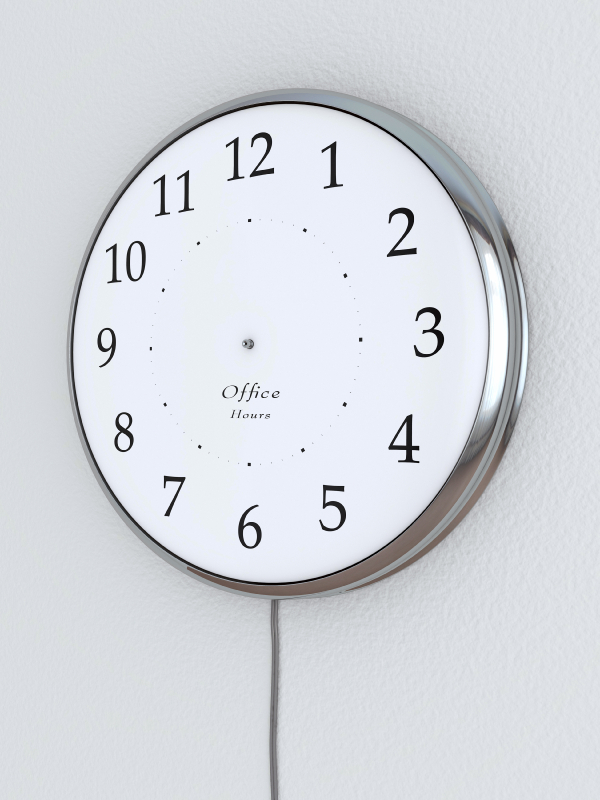The facilities manager of 2014 is facing many unique challenges. With four very different generations comprising our workforce—5% Traditionalists, 38% Baby Boomers, 32% Generation X and 25% Millennials-organizations must re-think how they do business and how to create an environment that is inspiring to everyone. The answer lies in flexibility.
The first major change facilities are moving towards is in office re-design. Workspaces are being transformed into more open areas, lowering or removing their walls, doing away with cubicles and mixing everyone, including top executives, into one space. Combine that with mobile technology and furniture and the result is a more collaborative environment. One where interaction amongst colleagues is made easier and teamwork is encouraged. An added bonus-companies are able to maximize on natural lighting, lowering their environmental footprint and saving on energy costs.
Along with office re-structuring, forward-thinking organizations are working closely with employees to determine when and how work will be done to maximize on productivity. Shifting focus from a micro-managed staff  towards a more self-directed approach has been instrumental in those seeking to employ (and retain) top talent. Such an approach starts with communication between FMs, HR and IT. While each department has their own set of responsibilities, their success relies heavily on fluid relationships where all are able to successfully communicate and work with each other. Together, they are able to develop workspace strategies to set and accomplish common goals and establish policies. This dynamic partnership leads to a more free-thinking and effective environment in which everyone thrives.
towards a more self-directed approach has been instrumental in those seeking to employ (and retain) top talent. Such an approach starts with communication between FMs, HR and IT. While each department has their own set of responsibilities, their success relies heavily on fluid relationships where all are able to successfully communicate and work with each other. Together, they are able to develop workspace strategies to set and accomplish common goals and establish policies. This dynamic partnership leads to a more free-thinking and effective environment in which everyone thrives.
Flexible Work Schedules
While the flex work concept is nothing new, its integration into the workplace has become more widespread over the years. Those who are adopting this method are experiencing all of the positives that come with it. But facilities who are seeking to adopt the flex work strategy are cautioned to involve the entire workforce throughout the integration process. Attorney Kelly Hughes encourages that “all parties—management, supervisors, the employee and co-workers—must discuss flexible schedules that complement the team’s sequence of work and develop collaborative styles that incorporate remote work or mobile offices.”
Employers must outline their strategies in a clear and concise manner to ensure each team member knows what is expected of them, as well as what the guidelines and requirements are for flex working, telecommuting and time off.
Flexible Workspaces
Not all facilities are designed to accommodate the flexible work schedules that many are adopting. Another important factor affecting the work environment now is the dynamics of their workforce and the way in which individuals effectively perform their jobs. While some require a private, quiet space with no distractions, others may thrive on open spaces where they can collaborate with other members of their team. The workforce that today’s facility managers serve is more diverse than ever before, and it is the FMs job to serve them all well.
In order to best serve their customers, it is critical that FMs understand the shifts that are occurring in the workforce, as well as what these individuals value most. Flexibility and transparency must be maintained so that organizations can better support their workers both now and for the future. By offering wider mobility, spaces to accommodate every type of worker and up-to-date technological tools, facilities empower their teams for maximum productivity.
Organizations and their facilities management teams are faced with more unique challenges than ever before. With a new generation entering the workforce and another preparing to leave, it is more important than ever for FMs to develop workplace strategies that serve the individuals that make up their teams. As they re-design their spaces and adopt new tools, they must also look towards future needs. The ability to adapt and be flexible is a key element to a company’s growth and survival.
[blog_cta id=’595b2335-b51b-48d4-9ace-c72082c8bf26′]
